Rattling pipes are one of those plumbing problems that start small but quickly become impossible to ignore. You turn on your faucet, and suddenly the walls vibrate, the pipes shake, or you hear a metallic clattering that echoes through the house. Not only is it annoying, but it can also signal underlying plumbing issues that lead to leaks, water damage, or long-term pipe wear. Fortunately, most causes of rattling pipes are easy to diagnose and fix—especially when you understand what’s happening behind the noise.
This guide breaks down the common reasons why faucet pipes rattle and the practical solutions you can apply to restore quiet, steady operation in your home.
What Causes Rattling Pipes?
Before jumping into repairs, identifying the root cause is essential. Rattling usually occurs for one of these reasons:
1. Loose or Unsecured Pipes
One of the most common causes is pipes that aren’t properly fastened. Over time, vibration and water pressure changes cause pipes to shift, leading to movement and noise whenever the faucet runs.
2. High Water Pressure
Excessive pressure makes water rush through the pipes forcefully, creating shaking and rattling sounds. Homes with pressure above 80 psi often experience these issues.
3. Water Hammer
A sudden stoppage of water flow—such as when you close a faucet quickly—creates a shockwave inside the pipes. This pressure surge causes banging or rattling and is known as water hammer.
4. Worn Out or Faulty Washers
Inside the faucet, loose washers or worn valve components can vibrate when water flows, sending rattling noises into the plumbing lines.
5. Air in the Pipes
Air pockets trapped in plumbing lines can cause sputtering, shaking, and irregular flow noises.
Once you understand which issue is causing the rattling, fixing it becomes much easier.
How to Fix Rattling Pipes Step-by-Step
Below are the most effective solutions depending on the source of the problem.
1. Tighten or Secure Loose Pipes
Signs this is the issue:
- Rattling occurs inside walls or under cabinets.
- Noise happens during water flow, not after shutting off the faucet.
- Pipes visibly move when touched.
How to Fix:
Step 1: Locate the noise source.
Check under the sink, basement, or crawl space. Sometimes you’ll need to listen through walls to determine where the vibration originates.
Step 2: Add pipe straps or clamps.
Use standard pipe straps, cushioned clamps, or rubber-lined brackets to fasten pipes to studs and joists. These reduce movement and absorb vibration.
Step 3: Add cushioning.
If the pipe already has straps, add foam pipe insulation or rubber padding to reduce rattling.
This simple fix often eliminates the noise entirely.
2. Reduce Excessive Water Pressure
Signs this is the issue:
- Rattling or banging occurs in multiple fixtures, not just one faucet.
- Water pressure feels unusually strong.
- Appliances like washers or dishwashers also make noise.
How to Fix:
Step 1: Test your water pressure.
Use a pressure gauge on an outdoor faucet. Ideal pressure is 40–60 psi.
Step 2: Adjust the pressure regulator.
If your home has a PRV (pressure reducing valve), turn the adjustment screw to bring pressure down.
Step 3: Install a PRV if you don’t have one.
If pressure exceeds 80 psi, a regulator is necessary to protect pipes and fixtures.
Reducing water pressure not only stops rattling but also extends faucet and appliance lifespan.
3. Install or Repair Water Hammer Arrestors
Signs this is the issue:
- Loud bang or thump when turning off the faucet.
- The noise happens instantly after closing water flow.
- The sound resembles a hammer striking metal—hence the name.
How to Fix:
Step 1: Check existing arrestors.
Some homes already have them installed near dishwashers, washing machines, or faucet supply lines. They may need replacement if old or waterlogged.
Step 2: Install new arrestors.
Attach water hammer arrestors to the shutoff valves or supply lines. These devices use air chambers to absorb shockwaves.
Step 3: Bleed air chambers if your plumbing has built-in arrestors.
Turn off water, open all faucets, drain lines, then turn water back on to restore cushion.
This fix is the most effective solution for sudden-impact pipe noises.
4. Fix Faucet Valve or Washer Issues
Signs this is the issue:
- Noise comes directly from the faucet body.
- Rattling happens even at low pressure.
- You hear buzzing or vibration as water flows.
How to Fix:
Step 1: Turn off water to the faucet.
Use the under-sink shutoff valves.
Step 2: Disassemble the faucet handle and cartridge.
Check washers, O-rings, and valve stems for wear or looseness.
Step 3: Replace damaged parts.
Worn washers can flutter due to pressure changes, creating rattling sounds.
Step 4: Reassemble and test.
This repair is inexpensive and often stops noise coming directly from the faucet.
5. Remove Air from the Plumbing System
Signs this is the issue:
- Sputtering faucet flow.
- Rattling combined with inconsistent water pressure.
- Noise starts after plumbing repairs or water shutoffs.
How to Fix:
Step 1: Turn off the main water supply.
Step 2: Open all faucets—hot and cold—from highest to lowest level in the house.
Step 3: Flush toilets to empty lines.
Step 4: Turn the water back on and allow all faucets to run until flow stabilizes.
This process pushes out trapped air and restores smooth flow.
Preventing Future Rattling
Once the problem is solved, you can avoid future rattling by:
- Maintaining water pressure within recommended levels
- Checking supply lines and mounting brackets annually
- Replacing old faucet components before they fail
- Using cushioned pipe straps instead of rigid metal ones
- Turning faucets off slowly to reduce pressure shock
Proactive maintenance helps ensure a quieter and longer-lasting plumbing system.
Final Thoughts
Rattling pipes may seem like a minor annoyance, but they often signal underlying issues such as loose lines, worn faucet components, high pressure, or water hammer. Fortunately, most fixes are simple and inexpensive. By identifying the cause and applying the appropriate solution—whether securing pipes, adjusting pressure, repairing faucet parts, or installing water hammer arrestors—you can restore peace and protect your plumbing system from long-term damage.
If you’re comfortable with basic DIY tasks, many of these fixes are manageable. But if rattling persists or you suspect hidden plumbing issues inside walls, calling a licensed plumber ensures a safe and lasting solution.
 WOWOW Faucets
WOWOW Faucets
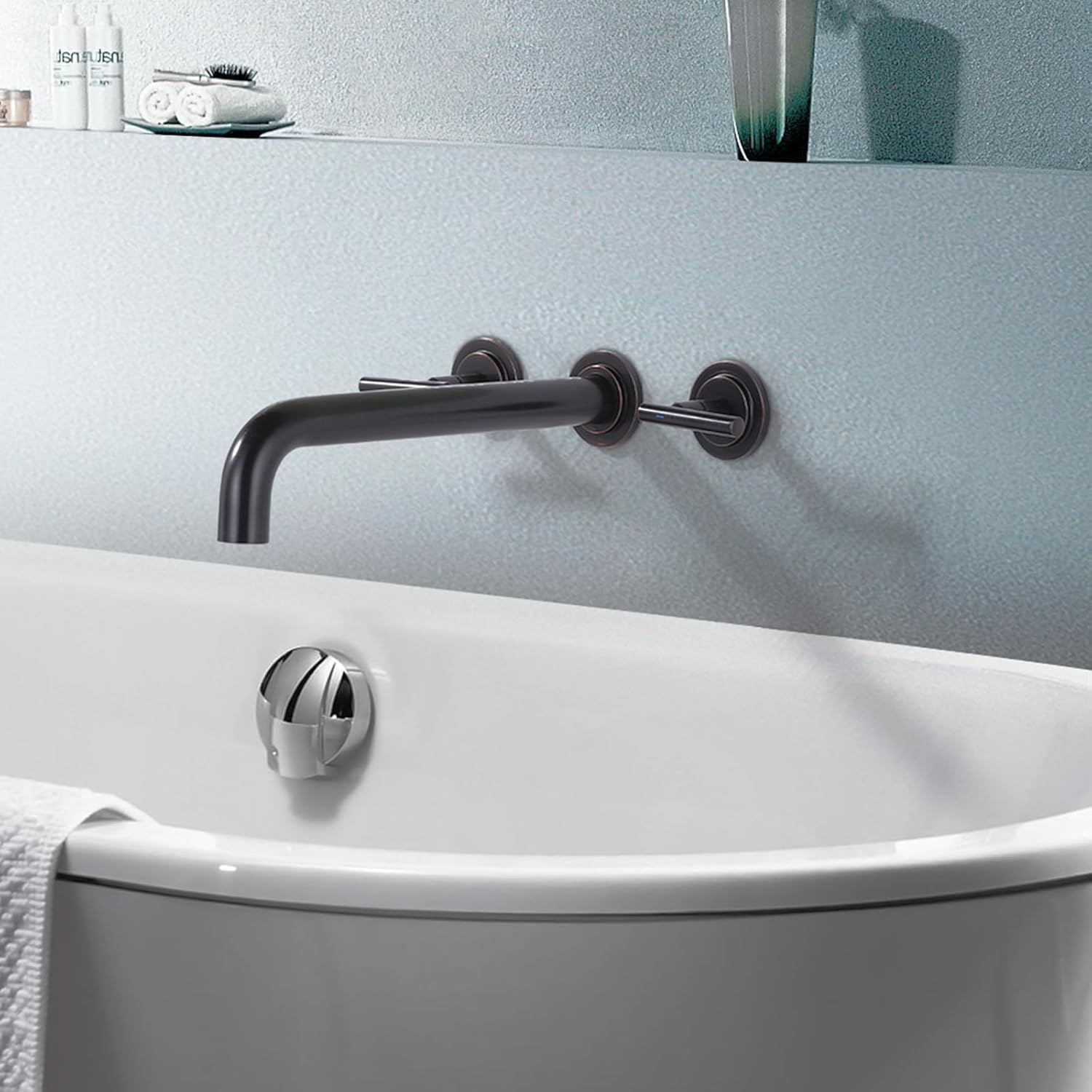
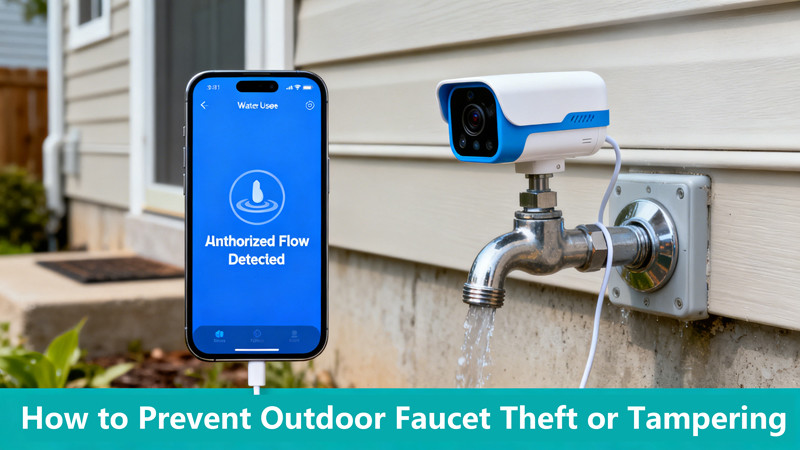
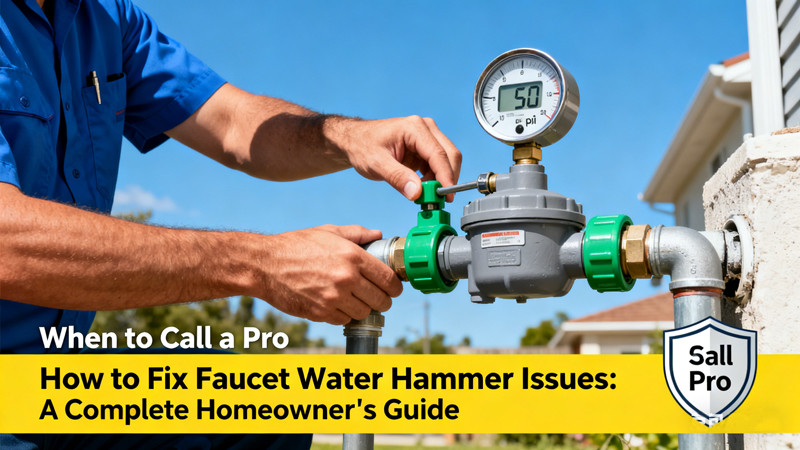
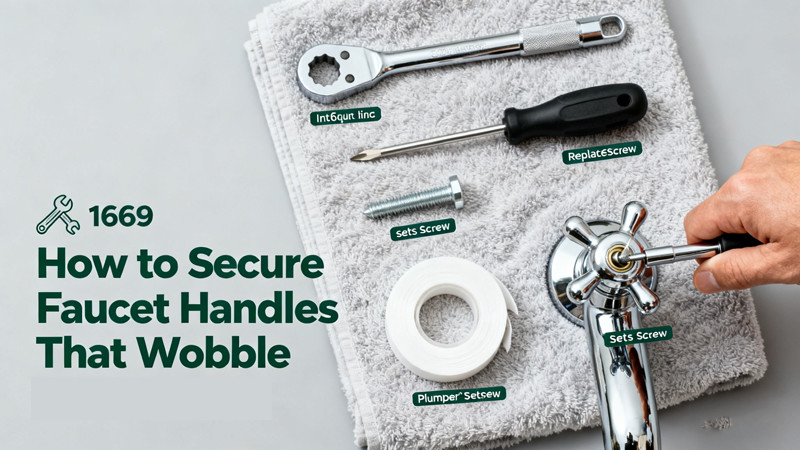
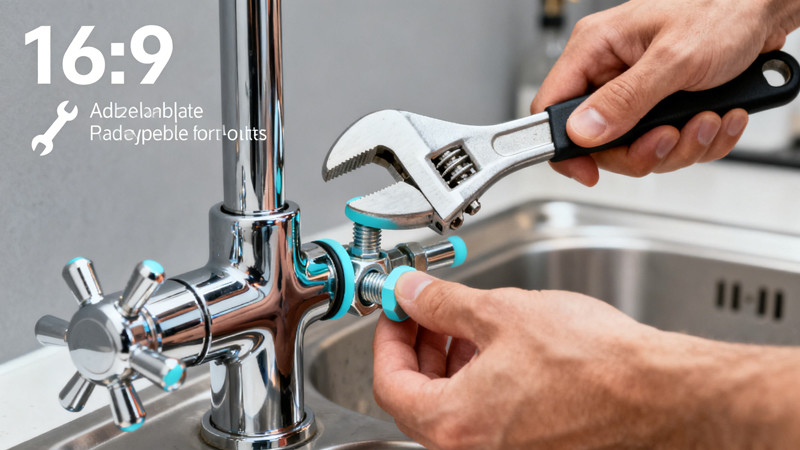

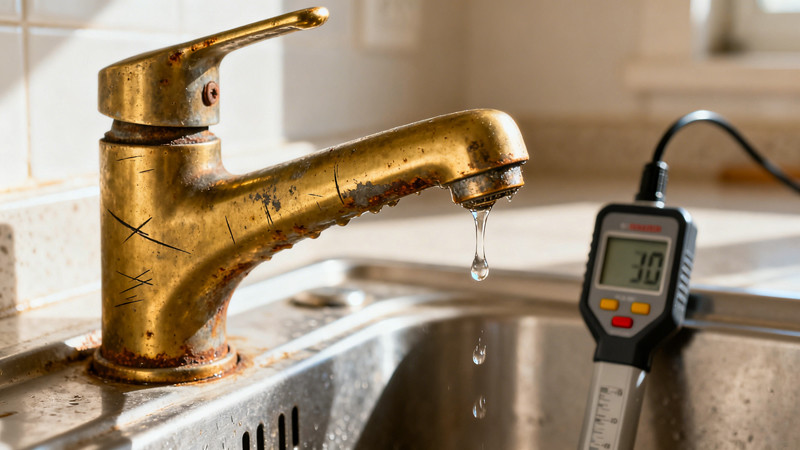
您好!Please sign in